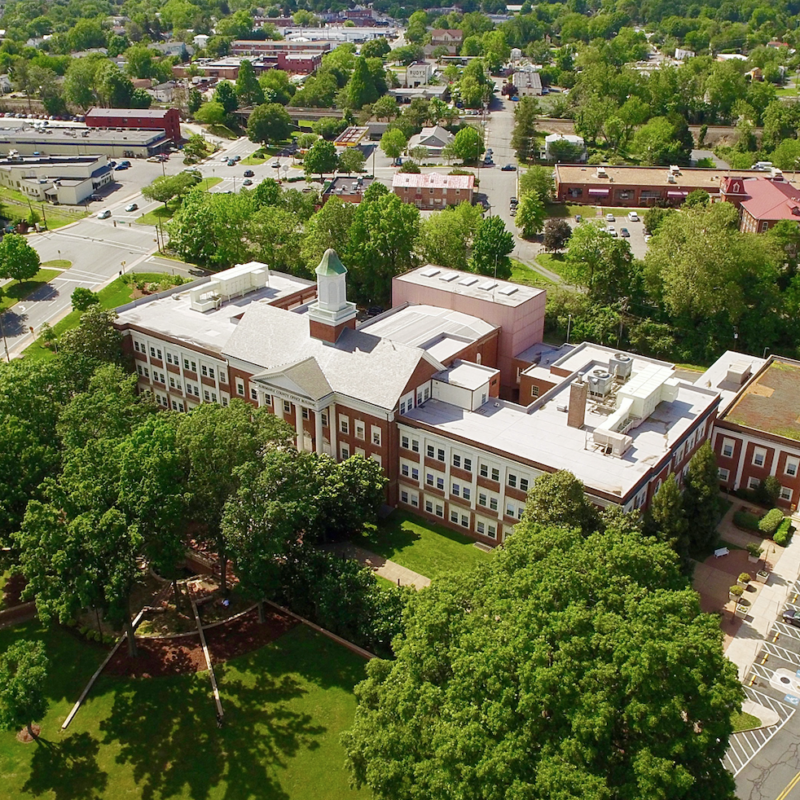Last May, staff from the state Department of Historic Resources (DHR) stood before a crowded community center in Tonsler Park to present their nomination of the surrounding neighborhood for a place on the National and State Register. Once a historic nomination is developed, law requires that a public meeting be held before it goes to the state historic board for a final vote. There, DHR’s board decides whether to bestow the mostly benign honor (unlike local historic designation, which significantly restricts property rights).
More than two years ago, the National Register of Historic Places first began work on designating the Charlottesville neighborhood that is roughly bounded by Cherry Avenue to the south; the railway to the north; Fourth Street SW to the east; and Spring Street to the west. It is 56 acres altogether with 273 properties and was chosen largely for its architecture and history.
Much of the Fifeville-Castle Hill District—as the nomination refers to it—was founded in the 19th century and was home to a segregated community of blacks, whites and mixed-race people. To this day, numerous houses stand from the period, with most residential buildings constructed between 1890 and 1930. Of course, there are notable exceptions, like the former home of Benjamin Tonsler, principal of the Jefferson School. Built between 1875 and 1879, the house nicknamed “the Castle” blends various architectural styles in delightful fashion.
It was history, though, that led to the nomination’s initial downfall 10 months ago, as residents, particularly one Antoinette W. Roades, led a successful challenge. “The planned ‘Fifeville-Castle Hill’ district is so unhistoric that it is anti-historic,” she wrote to C-VILLE last spring as the public meeting neared. She then listed three paragraphs worth of historical objections to the proposed boundaries. “Charlottesville’s real history deserves much, much better,” she closed. “It would be lovely if we could skip both histrionics and hysteria and finally do the job right.”
That sort of tenacity derailed the initial nomination, but earlier this month the DHR staff returned to get more of the same. After an initial presentation by three staff members, the floor was given to the local community, and they bellowed a collective “no.” “I apologize to all of you who have heard this before,” Roades began before leveling a charge of plagiarism against the DHR’s report. “There was extensive appropriation of material from my letter of protest that made its way into the nomination itself,” she said, before moving on to the neighborhood itself.
“There was such a thing as Fifeville. It had precise boundaries,” Roades said. “We did not hear an accurate representation of that tonight and you will not find it in the document.”
“I would have to disagree with that,” interjected the DHR’s Marc Wagner, offering a feeble objection. “I did not interrupt you,” Roades fiercely retorted, her voice echoing off the walls and high ceiling. She then continued with her impassioned rant before concluding, “This nomination does not honor or celebrate anything.”
With Pince-nez and a red-and-blue striped tie, Wagner listened with a frozen grin. “That’s a strong comment,” he said, revealing that the charges of plagiarism are currently being investigated and encouraging attendance for the board’s vote on March 20 in Richmond at the Science Museum. “We’ll have to agree to disagree.”
C-VILLE welcomes news tips from readers. Send them to news@c-ville.com.





